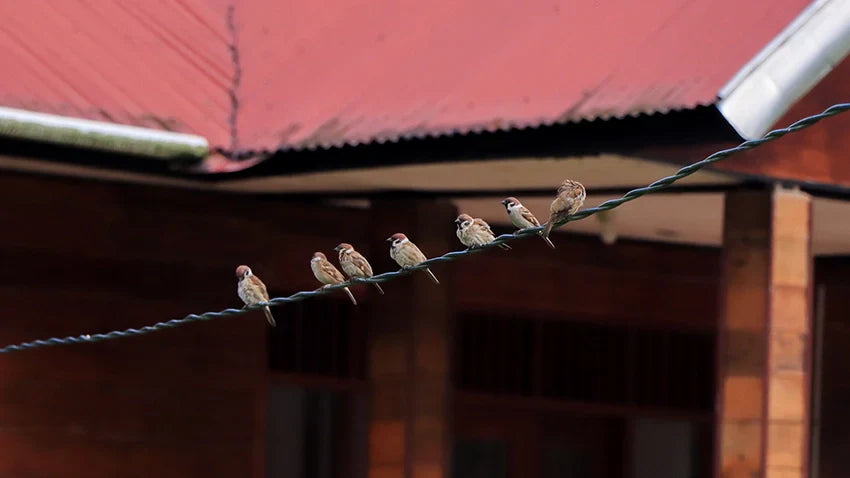
A Practical Guide to Outdoor-Grade Ethernet Cable
Why Indoor Cable Won’t Survive Outside Bringing network service to a yard, parking lot, security pole, or outbuilding demands far more than a basic Cat cable from the wiring closet....
Read More
Why Indoor Cable Won’t Survive Outside Bringing network service to a yard, parking lot, security pole, or outbuilding demands far more than a basic Cat cable from the wiring closet....
Read More
Fiber Optics 101: Single-Mode vs Multimode Explained Why Fiber Matters Fiber-optic cabling is the gold standard for modern communications, carrying data with light instead of electric current. Because photons travel...
Read More
OM5, also known as Wideband Multimode Fiber (WBMMF), is the latest evolution in the multimode family. Unlike OM3 or OM4—which work best at one wavelength around 850 nm—OM5 is engineered...
Read More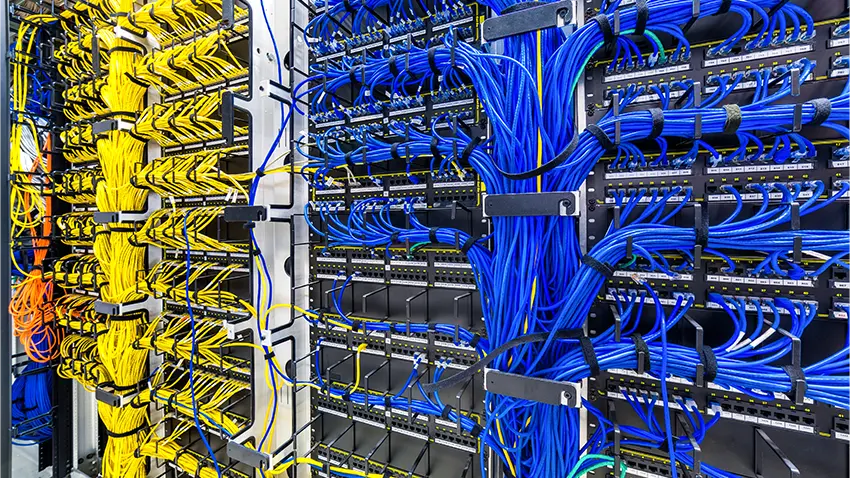
There are a few different "categories" of Ethernet cable available today. Each one has different capabilities, but the most important is the supported transmission speed. The table below summarizes the...
Read More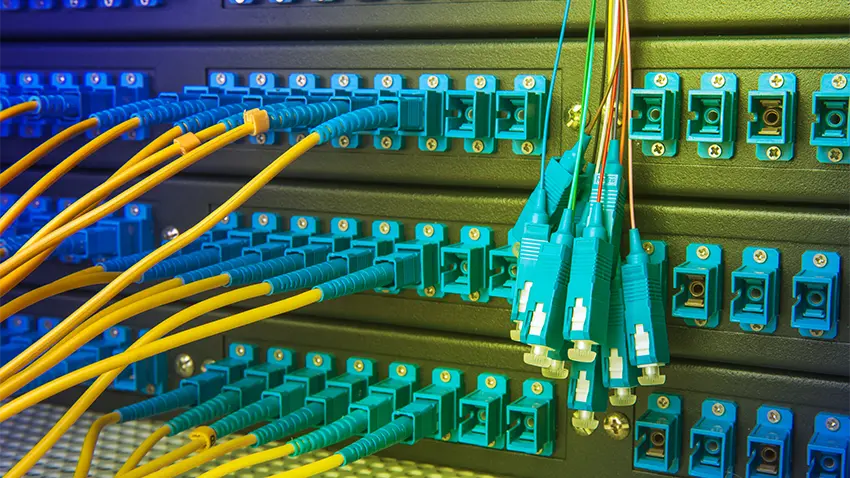
Fiber patch cords are not as straight forward as their copper counterparts, there are multiple connector types to consider when building and maintaining a physical network. In this article, we...
Read More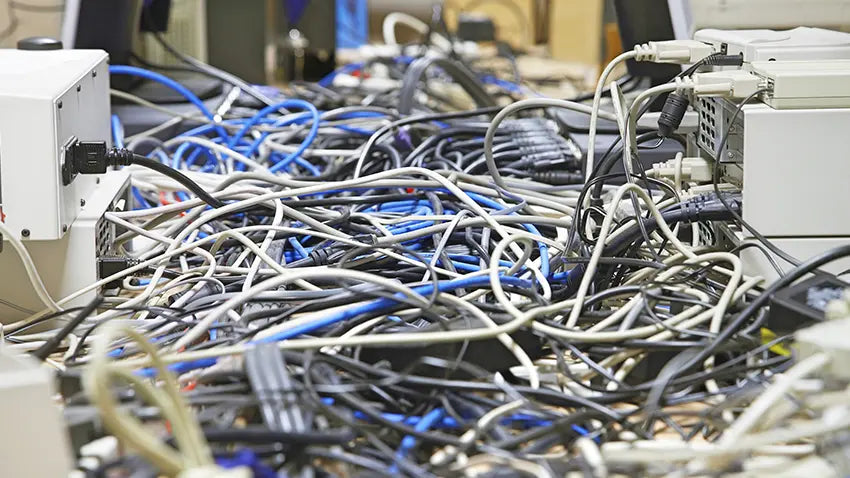
Crosstalk is a complicated subject to grasp, especially where the "Near" and "Far" ends are. In reality, both ends of the cable are both! They are only referencing points to...
Read More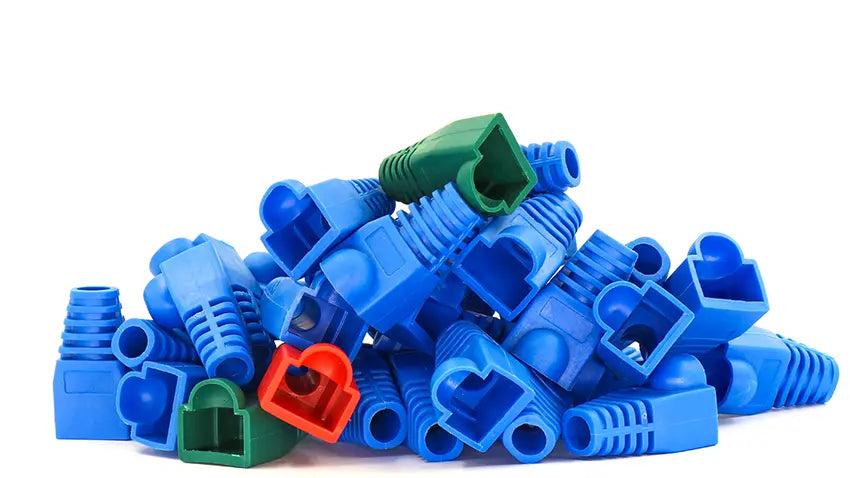
What is a booted cable? A "booted" patch cable is a cable that has a molded plastic boot that is either integral to the connector, or “slips” on the RJ45...
Read More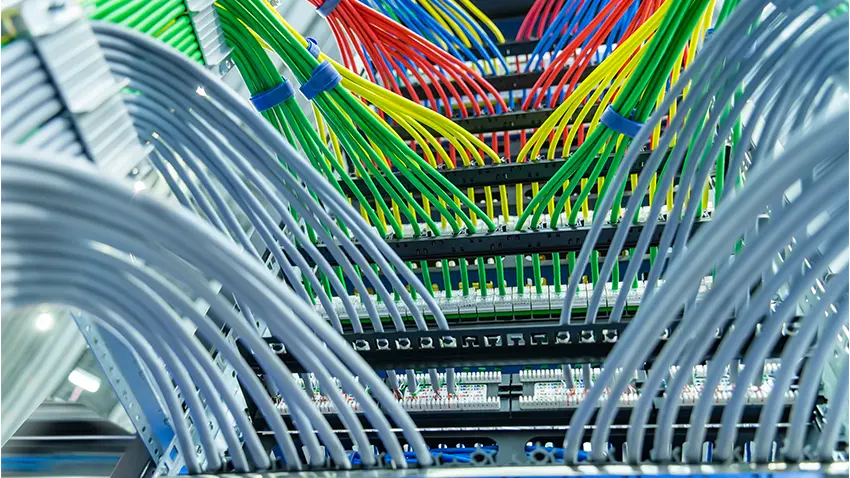
What is TIA-568? TIA-568 is the result of more than 60 contributing organizations, including manufacturers, end-users, and consultants. That's an impressive piece of work! The very first revision (A) was...
Read More
What do CMR and CMP stand for? These two acronyms are confusing as the “C” and the “M” do not indicate separate words, but are an abbreviation for “CoMmunication”: CMR...
Read More